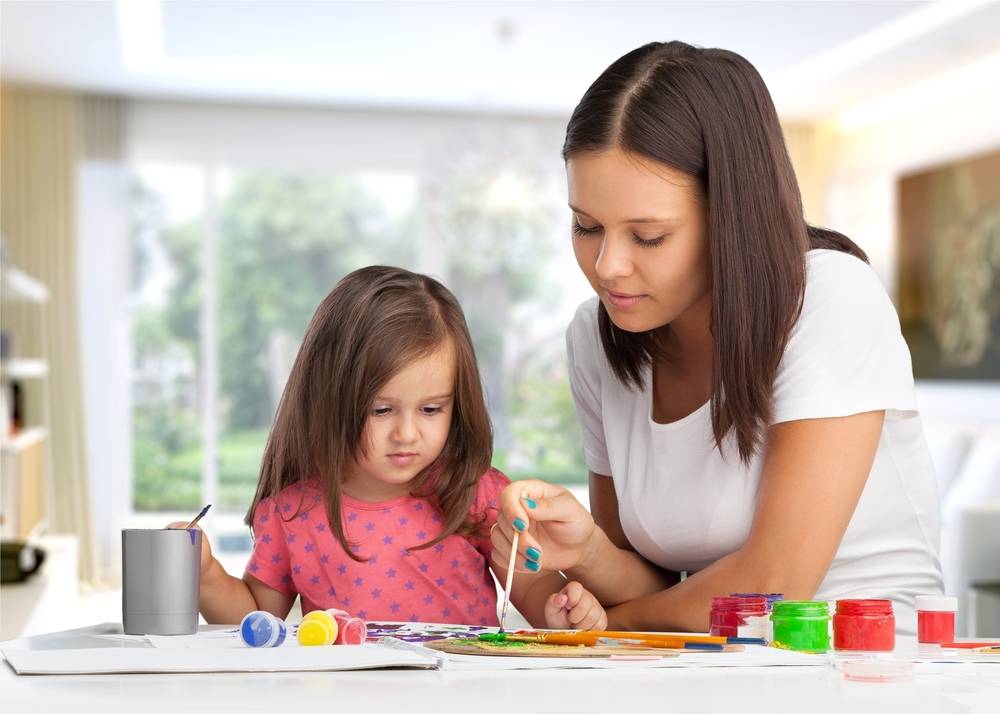Teaching social skills to a child with autism can be a challenging task, but it’s definitely not impossible. With the right approach and a lot of patience, you can help your child learn how to interact with others and navigate social situations.
First, it’s important to understand that children with autism have difficulty understanding and interpreting social cues, such as facial expressions and tone of voice. They may also have trouble understanding the perspective of others, which can make it hard for them to understand how to interact with others in a socially appropriate way.
One way to teach social skills to a child with autism is through the use of social stories. These are short stories that describe a social situation, such as how to greet someone or how to take turns in a conversation. They can be written or illustrated, and can be read to the child or used as a visual aid. Social stories can help the child understand the social situation and how to navigate it.
Another effective strategy is to use role-playing activities. This can help the child practice and learn new social skills in a safe and controlled environment. For example, you can act out a conversation between two people and have the child practice taking turns speaking and responding appropriately. You can also use dolls or other props to help the child understand the social situation.
It’s also important to teach your child about emotions and how to recognize and express them. Children with autism may have difficulty understanding and expressing their emotions, which can make it hard for them to understand and navigate social interactions. Teaching your child about emotions and how to express them can help them understand and communicate with others better.
It’s also helpful to teach your child about nonverbal communication, such as facial expressions and body language. These are important cues that people use to communicate and understand each other in social situations. Teaching your child about nonverbal communication can help them understand and navigate social interactions better.
Another important aspect of teaching social skills to a child with autism is teaching them how to make friends. Children with autism may have difficulty initiating and maintaining friendships, so it’s important to teach them the skills they need to make friends. This can include things like how to start a conversation, how to keep a conversation going, and how to make and maintain eye contact.
It’s also important to teach your child about personal space and boundaries. Children with autism may not understand the concept of personal space and may not realize when they are invading someone else’s space. Teaching them about personal space and boundaries can help them understand and navigate social interactions better.
Finally, it’s important to be patient and understanding when teaching social skills to a child with autism. Children with autism learn at their own pace and may need more time and repetition to understand and learn new skills. Remember that progress may be slow, but every small step forward is a step in the right direction.
In conclusion, teaching social skills to a child with autism can be a challenging task, but it’s definitely possible with the right approach and a lot of patience. Using social stories, role-playing activities, teaching about emotions, nonverbal communication, making friends, personal space and boundaries can be helpful. Remember to be patient and understanding and every small step forward is a step in the right direction.
You may also love to read this:








